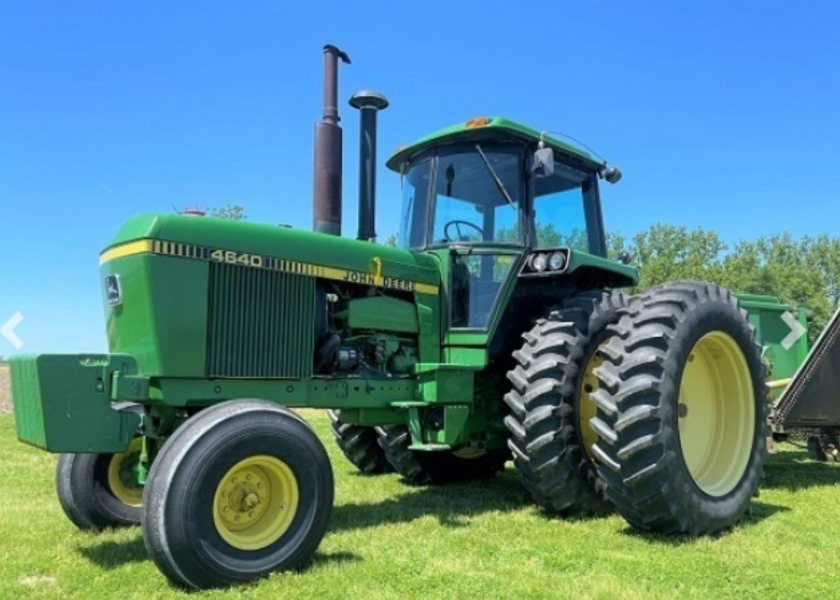More than 90% of Rural Bankers Expect Recession

The Creighton University Rural Mainstreet Index (RMI) fell from May’s solid reading, sinking below growth neutral for the first time since September 2020, according to the monthly survey of bank CEOs in rural areas of a 10-state region dependent on agriculture and/or energy.
Overall: The region’s overall reading for June slumped to 49.8, its lowest level since September 2020, and down from May’s 57.7. The index ranges between 0 and 100 with a reading of 50.0 representing growth neutral.
This month, bankers were asked their U.S. recession expectations for the next 12 months. Approximately 92.9% rate the likelihood of a U.S. recession above 50%. Only 7.1% rated a recession probability below 50%.
“Much like the nation, the growth in the rural mainstreet economy is slowing. Supply chain disruptions from transportation bottlenecks and labor shortages continue to constrain growth. Farmers and bankers are bracing for escalating interest rates — both long-term and short-term,” says Creighton University’s Dr. Ernie Goss, who conducts the survey.
Jon Schmaderer, CEO of Tri-County Bank in Stuart, Neb., reports “fuel prices are starting to have a severe negative impact on rural Nebraska.”
Farming and ranching: The region’s farmland price index for June advanced to 76.8 from May’s 72.0, marking the 21st straight month the index has moved above growth neutral. Over the past several months, the Creighton survey has registered the most consistent and strongest growth in farmland prices since the survey was launched in 2006.
So far in June, Peoples Company Appraisal Team tracked 32 cropland auctions across 17 Iowa counties. In total, 4,305 acres of cropland sold in auctions for $57.8 million, or an average of $13,426 per acre, Goss notes.
On average in June, bank CEOs expect 2022 net farm income for grain farmers to be 12.6% above 2021 levels.
Farm equipment sales: The June farm equipment-sales index climbed to 71.4 from May’s healthy 66.9. This was the 19th straight month the index has advanced above growth neutral. Readings over the past several months are the strongest string of monthly readings recorded since the beginning of the survey in 2006.
Confidence: Surging energy prices and rocketing agriculture input prices constrained the business confidence index to 33.9, its lowest level since May 2020. This marks the lowest back-to-back readings since the beginning of the pandemic in April and May 2020.
The index covers 10 regional states, focusing on approximately 200 rural communities with an average population of 1,300. It provides the most current real-time analysis of the rural economy, Creighton University says. Goss and Bill McQuillan, former chairman of the Independent Community Banks of America, created the monthly economic survey and launched it in January 2006.






